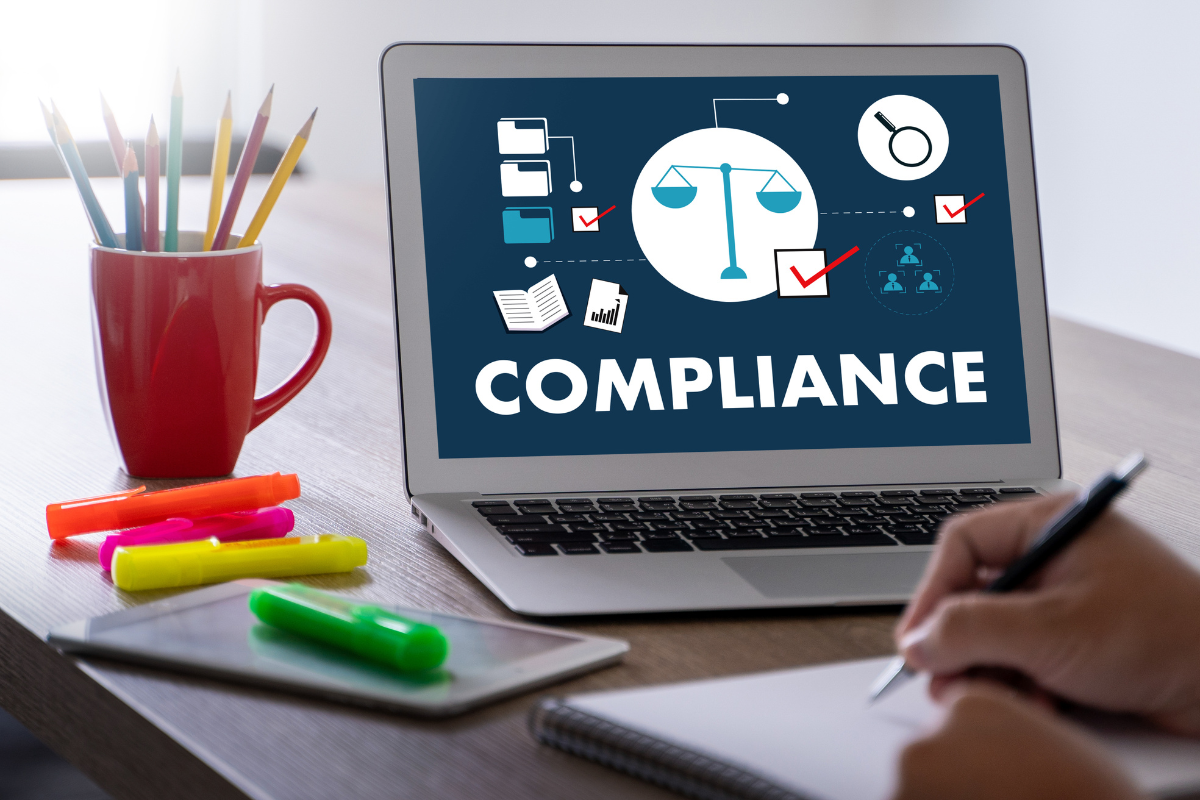Let’s unravel the mystery of Windows Activation – a pivotal component of the ever-changing technology dynamics.
This was not just a journey to question whether a piece of software drove the process – it was about comprehending how an apparently trivial factor could influence such a significant role in directing the technological trend.
As we peel the layers of Windows Activation, it would be easily apparent how influential this little piece of software is in the tech industry, which shows that it is more than a mere software routine.
Overview Of Windows Activation
Windows Activation was started in windows xp.Its main goal was simple yet crucial: ensure that each instance of Windows in the system was a genuine copy and used in accordance with the Microsoft licensing terms.
This policy was not just meant to curtail the pirating menace; it was rather a strategy towards ensuring a safe and stable computing environment.
This move had a great effect, giving new orientation to software distribution and licensing all over the world.

Importance In The Tech Industry
Windows Activation has cemented itself as an important part of the tech world, especially when it comes to software security and license concerns.
By ensuring that each copy of Windows is authenticated, it has played a key role in:
- Security is improved since unauthorized copies are everted.
- Influencing companies in the software industry in the manner of their perceiving and utilizing security and licensing.
- The provision of high level user experience by ensuring the dependability and durability of software products.
Table of Contents
ToggleHistorical Context of Windows Activation
Evolution of Activation Processes
The Windows Activation Path is an interesting tale, representing a broad tech industry evolution. It began as a key-based process in Windows XP and has evolved significantly over time.
This evolution is not limited to the technological part; it reflects the trends towards digital downloads and cloud-based services, which have changed user access and authentication.
Key Milestones
Several milestones mark the evolution of Windows Activation:
- In 2005, Windows Genuine Advantage was launched to improve the accuracy of the process.
- Windows 8 activation was integrated with the Microsoft accounts, making it more personalized.
- Windows 10 brought about a huge change. Activation now linked the software license not only to a product key but also to user’s hardware and Microsoft account. This was a major step towards a safer, friendlier, and more dynamic software environment.
The Mechanics Of Windows Activation
To delve further into Windows Activation, it is interesting to look within and observe the processes and different ways used.
This section of the article touches on technical aspects and various approaches to activating, revealing an often overlooked by an average user process that is critical.
Technical Details of Activation
Windows Activation acts as a keeper of the gate who ensures that each copy is genuine.Here’s how it typically works:
- Verification Process: When you install Windows, the activation system takes effect, confirming the software’s integrity.
- Connection to Microsoft Servers: The system connects to Microsoft servers, verifying the authenticity of your copy and whether it has been used on more devices than you are allowed according to the license terms.
- Hardware Check: This verification also involves a hardware check of your computer to make sure the license is run on the right machine.
Methods of Activation
There are primarily two ways to activate Windows: either a digital license or a product key.Each has its nuances:
- Digital License: This approach is linked to your Microsoft account. It is more convenient because it does not require a key for the reinstallation of Windows and the license is detected automatically.
- Product Key: The old way, which involves the activation of Windows using a 25-character code. It is simple but inconvenient if you lose the key.
Further, people looking for other activation options tend to use tools such as kms pico. Pico has been known to activate Windows without a product key or digital license.
Although its application does not conform to official Microsoft-based approaches, it reflects the abundance of different tools and resources in the digital environment for software activation.

The Impact of Windows Activation on User Experience
An analysis of Windows Activation reveals that it affects more than just security and authenticity.
It has an important role in defining the user experience especially on issues of accessibility and system performance.
Accessibility and Ease of Use
User interface and experience are directly impacted by Windows Activation.Here’s how:
- Seamless Integration: The activation process is seamlessly incorporated into the system setup making it easy to use.
- Automatic Features: Windows Activation is almost automatic for users with a digital license, eliminating most of the manual input requirements.
- Clear Instructions: Activation instructions are provided for those who use product keys, ensuring straightforward activation for all.
Effects of Software Updates and System Performance
Activation status can influence certain aspects of Windows usage, particularly in updates and performance:
- Access to Updates: Some of the updates may be blocked by a non-activated Windows since it affects security and performance.
- System Efficiency: A Windows that has been activated performs better, because it guarantees access to all the updates and features meant for efficient performance.
Enterprise Windows Activation
In the business environment Windows Activation is an important aspect that affects every aspect of IT operations and even software deployment strategies.
Business Impact
Windows Activation affects corporate IT in several ways:
- Security Assurance: It guarantees that all the systems within the enterprise are running authentic software, thus enhancing overall security.
- Compliance: Activation makes companies stay compliant with software licensing laws so that they do not face legal and financial ramifications.
Deployment and Volume Licensing
Managing Windows Activation in a large enterprise involves unique strategies:
- Volume Licensing: The activation process for many installations is simplified through the use of volume licensing by enterprises.
- Deployment Tools: IT departments can easily control and manage activations across the organization using tools such as Microsoft’s Volume Activation Management Tool (VAMT).
- Customization: Activation processes can be tailored to meet the specific IT infrastructure and needs of enterprises.

The Future Of Windows Activation
As we look toward the horizon, the future of Windows Activation appears poised for intriguing developments.
This final section explores predictions and possible shifts in Microsoft’s strategy, offering a glimpse into what might lie ahead.
Predictions and Emerging Trends
In the future, we can anticipate several trends in software activation:
- Increased Integration with Cloud Services: As cloud computing continues to grow, Windows Activation might become more integrated with cloud-based services, offering more streamlined and flexible user experiences.
- Enhanced Security Measures: With cybersecurity threats evolving, expect to see more robust security features in activation processes to safeguard against unauthorized use.
- User-Centric Approaches: There may be a shift towards more user-focused activation methods, possibly leveraging biometrics or other personal identification methods for enhanced security and convenience.
Potential Shifts in Microsoft’s Strategy
Microsoft’s approach to Windows Activation is likely to evolve in several ways:
- Adaptation to New Technologies: As new technologies emerge, Microsoft may adapt its activation processes to stay ahead of the curve, ensuring compatibility and security.
- Balancing Security and User Experience: Microsoft will likely continue to refine its activation methods to strike the right balance between robust security and a seamless user experience.
- Focus on Legal and Ethical Use: Microsoft might introduce new strategies to encourage the legal and ethical use of its software, possibly through more engaging user education or incentive programs.
Summary of Key Points
In this traveling, we have considered various aspects of Windows Activation from the technical side to the impact on individual users and enterprises.Key takeaways include:
- Windows Activation is essential to the integrity and authenticity of the Windows operating system.
- However, its impact reaches user experience, enterprise environments and even the tech industry as a whole.
- The evolution of Windows Activation will be characterized by more integration, increased security, and user-oriented methods.
Broader Implications
As we come to the end, it is clear that Windows Activation is more than just proof of software authenticity; it is a living element that continues to influence the technology world.
This evolution mirrors broader technological developments, underscoring the role of software verified integrity and security in today’s digital age.
As we proceed in the future development of Windows Activation, not only will our interactions with devices be affected but also technology and cybersecurity as a whole.











